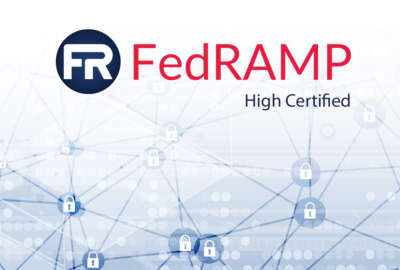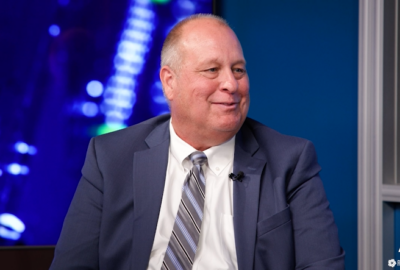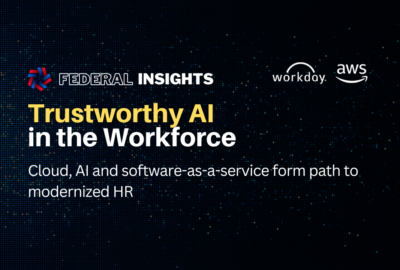Moving to the Cloud in 2022
Cloud adoption is moving forward quickly. [Agencies] are trying to go further along that cloud journey, past a technology disrupter phase, and really getting into that enabler phase; that business outcome phase. And, hopefully, in a year or two to the business disruptor phase.
Blake Nelson
Vice President, Platforms and Cloud, SAIC
Best Practices for Cloud Adoption and Migration
What we've really seen at Microsoft is an ability for government agencies to use the cloud, both in its baseline accreditations … and also building upon those as accelerators to get to an eventual authority-to-operate; and then using the compliance tools within the cloud itself to maintain those ATOs or to more quickly assume the controls needed to gain them.
Jason Payne
Chief Technology Officer, Microsoft Federal
If reduction in infrastructure costs was the original motivation for commercial cloud computing adoption by federal agencies, today speed has become the primary motivator.
That’s according to Blake Nelson, the vice president for cloud and platforms at SAIC. He said agencies are moving past what he called the “technology disruptor phase” of cloud, and “getting into that enabler phase, that business outcome phase, and hopefully in a year or two, to the business disruptor phase.”
This all occurs as the federal government seems to accelerate modernization, pursuant to deploying the next generation of digital services using agile, iterative development techniques.
“As the federal space adopts the agile mindset, that speed in the cloud becomes a lot more valuable,” Nelson said. Data handling and management services now available in clouds such as Microsoft Azure can yield answers to questions in hours that would take weeks or months using traditional infrastructure, he said.
Cloud computing offers speed on two other important fronts. Microsoft’s Jason Payne, chief technology officer for federal pointed to authorities-to-operate, or ATOs, and application performance at the edge. The two are interrelated. As the government seeks to speed development and deployment of digital services, it needs an ATO process that keeps pace. Regular, automated ATOs will keep the pipeline of new services flowing. Using cloud services to manage containerized, and therefore highly portable, applications let’s agencies deploy apps where they’re needed. Increasingly that’s at the edge.
“Technologies, like containers and Kubernetes are an interesting implementation for how we’re seeing customers take advantage of cloud technologies at the edge,” Payne said.
In this video interview, Payne and Nelson said that edge computing – long crucial to far-flung operations such as federal agencies – nowadays takes many forms. Some instances use IoT devices with limited computing power. Other workloads run on compact but powerful field computers used by the armed services. 5G or space-hosted communications capabilities complete the picture.
They noted that edge devices not only use data but also generate it. That makes data management an important consideration in architecting cloud-centric computing systems. In a typical scenario, data generated at the edge is processed by an artificial intelligence or transactional application.
“But there’s an entire data lifecycle strategy that needs to occur after that,” Payne said. “Having that holistic mindset really gives you an opportunity to look at how to architect an application to take advantage of edge capabilities, global communications, as well as hyperscale cloud capabilities.”
Payne and Nelson cautioned that the latest approaches to cloud adoption belong not solely to agencies’ IT staffs. It will also take the involvement of mission and business owners and data officers. In many cases, it will require an IT staff that itself is retrained and reoriented away from the traditional techniques and technologies.
Listen to the full show:
Copyright
© 2024 Federal News Network. All rights reserved. This website is not intended for users located within the European Economic Area.









